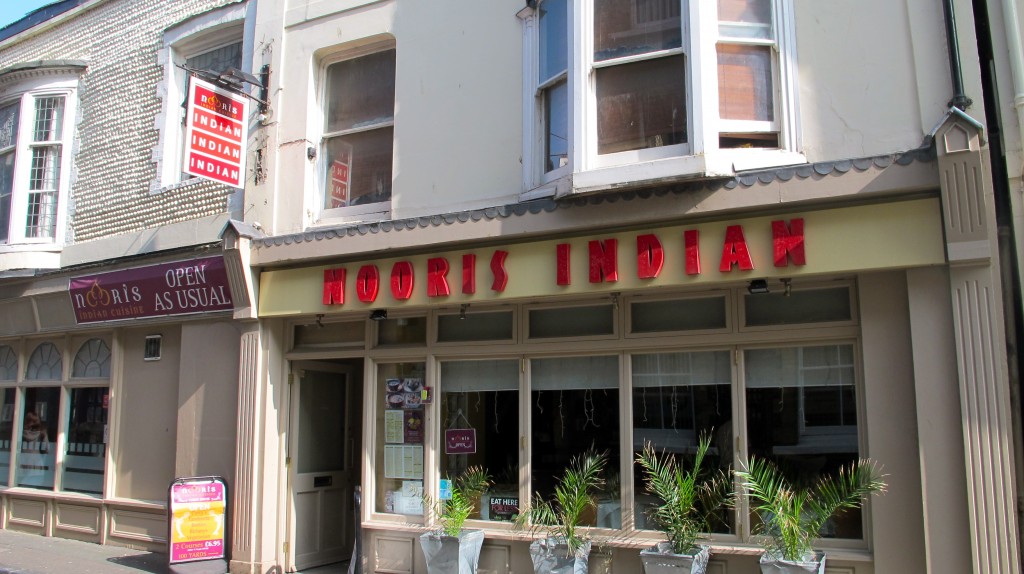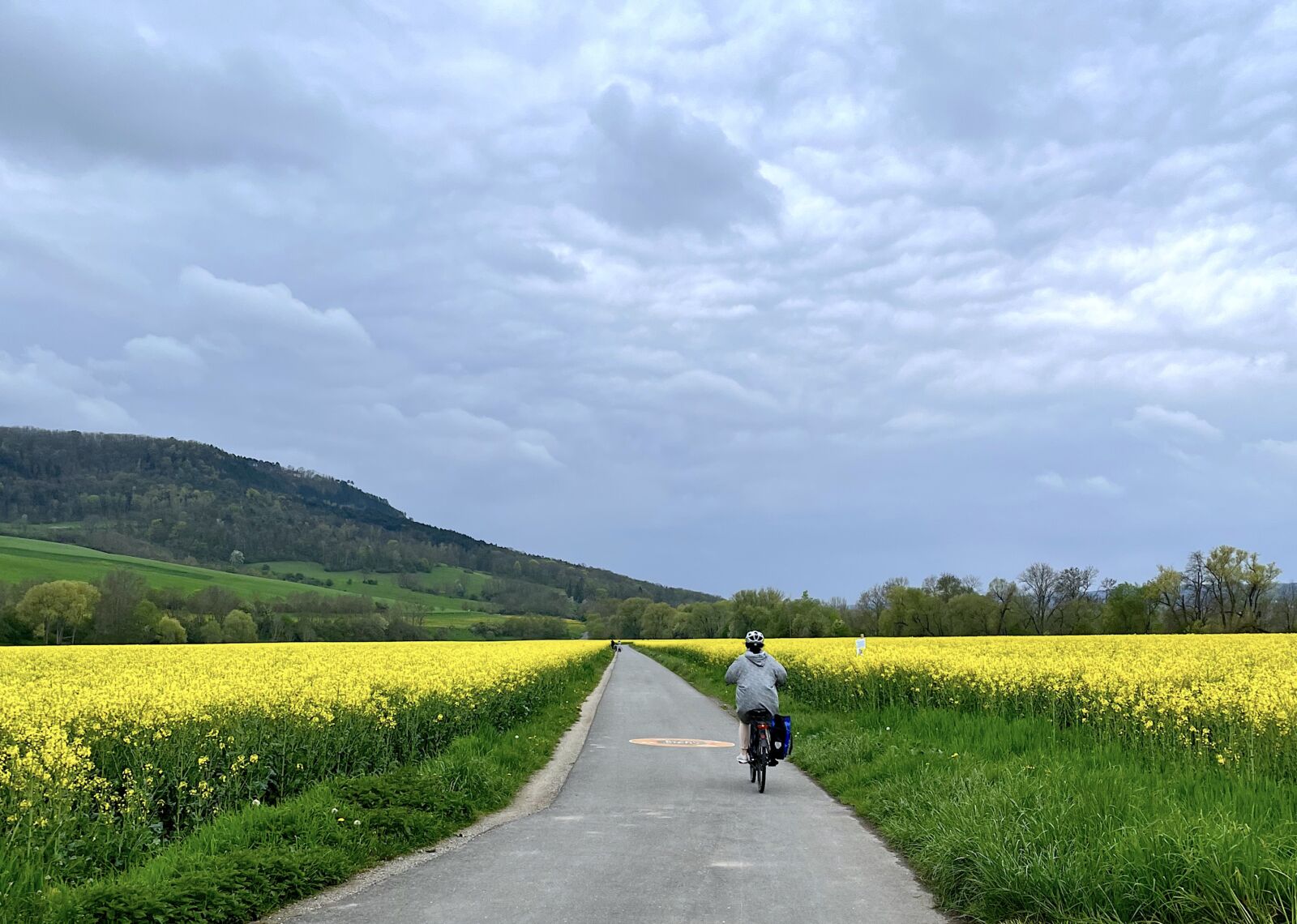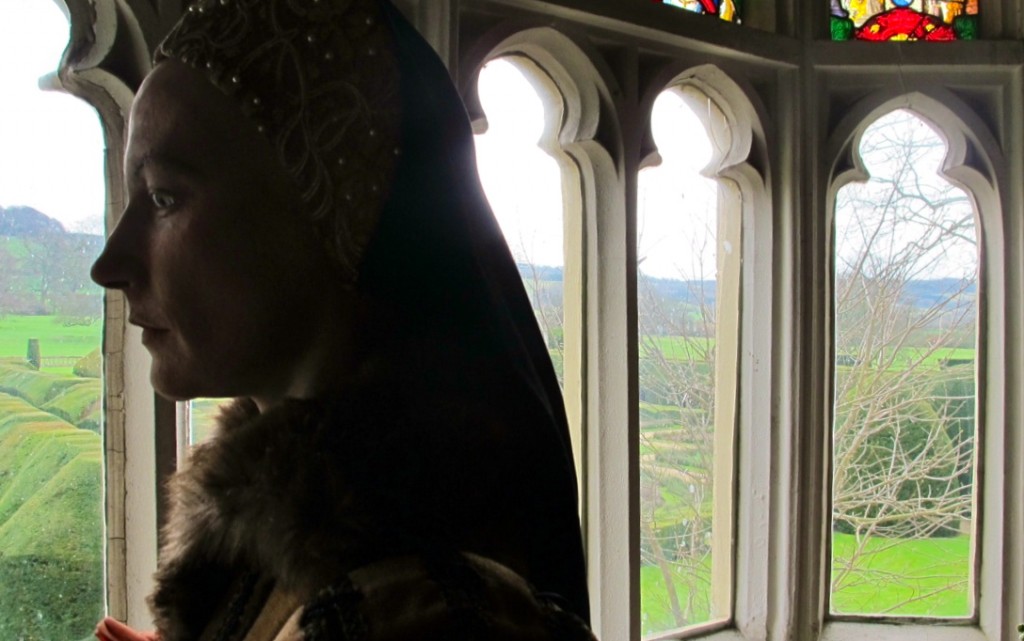CHANGI BEACH, SINGAPORE — By daylight and by moonlight, this is one of the most beautiful beaches in the Asia Pacific and it has one of the most horrific histories of any place in the region.
Changi Beach Park is one of the oldest coastal parks in Singapore and today remains a favourite place for family outings on weekends for picnics and swimming.
The beach looks out to the sea over Pulau Ubin, one of the remaining kampung (villages) in the very modern and urban Singapore.
Despite the serene setting of today, many people can never forget that Changi Beach was once the killing fields of an invading army.
During the Second World War, the Japanese invaders used Changi Beach as the execution spot for thousands of prisoners.
Then, as it is today, Singapore was an important trading post and port. This compact city state was also strategically vital to the British as a Crown colony of the British and became the military base for Allied troops in Southeast Asia.
When the Japanese invaded Singapore in early 1942, fierce fighting went on for a week from February 8 to 15 in what became known as the Battle of Singapore for the fate of the outpost considered the Gilbraltar of the East.
Singapore fell into Japanese hands by mid-February, 1942.
The cruelty of the Japanese invaders unleashed three years of unimaginable horrors in Singapore. Right after taking over Singapore, the Japanese soldiers entered hospitals, killing patients, doctors and nurses .
The survivors were marched to Changi Beach which became a POW camp for British, Chinese and Australian soldiers. There, by the thousands, these soldiers were tortured, beheaded and impaled by the Japanese.
Beach goers today at Changi Beach report hearing cries and screams and seeing bloody stains on the sand and headless bodies walking by the water, making this spot one of the reportedly most haunted places in Asia.
Despite this reputation, Changi Beach is hauntingly beautiful and serene, a victory of nature over a dark period in its history.
It is Remembrance Day here in Canada. I do not think often enough of the sacrifices others have made to make my life and travels and even the books I read possible. I am thankful to them always and hope you take the time today to give thanks to the men and women who went to war.

















